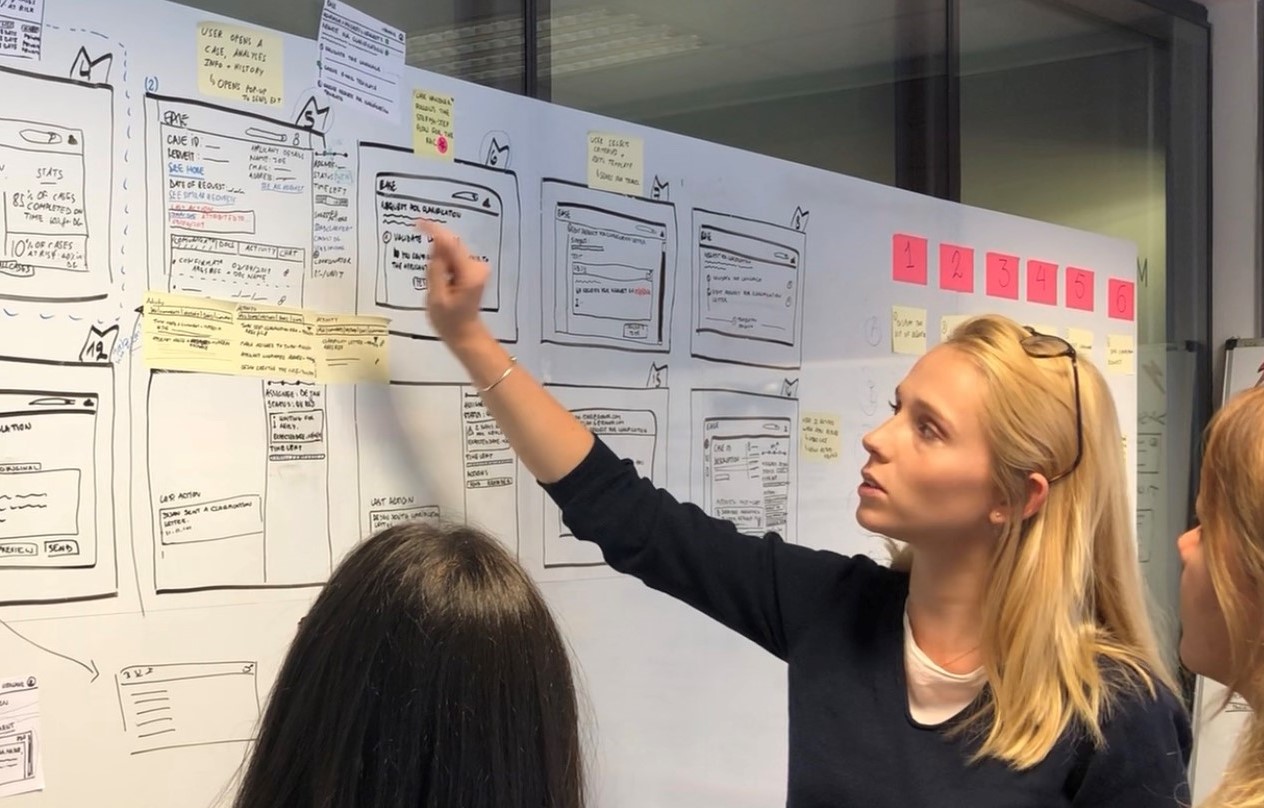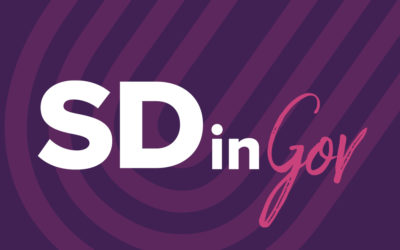A few months ago, I was in that exact position. We had to kick-start a project at a client as soon as possible, with barely no knowledge of the processes and end-users. The challenge felt difficult, and expectations were high.
My project manager at the time sat me down during my onboarding meeting, and asked me this: “Have you ever heard of a Design Sprint?”
I gave him a confused look. I’ve heard of many concepts in the past two years on the job: Agile Sprints, Service Design, User Experience Design… but a Design Sprint felt like a strange crossover between all of those. He added: “This project is complex, and we need to hit the ground running. I believe this methodology could save us some time and help us deliver value, fast.” It sounded exciting, and I was curious to learn more.
After doing my research, I discovered that the sprint is “a five-day process for answering critical business questions through design, prototyping, and testing ideas with customers”, developed by GV.
When preparing our own sprint, the book proved itself a necessity. You will find everything that you need in there to prepare one yourself, from the day-to-day planning, to the list of groceries you need to buy to make sure all participants keep their energy levels high for the entire process.
It was an intense five days, which delivered an incredible impact at the client and in our team.
Below, I won’t deep-dive in the details of the content. The book will do a better job than I ever will. Instead, I will lay down the three reasons why I believe any person could use a Design Sprint to accelerate the beginning of a project:
- The true power of the sprint lies in its ability to bring people together. Imagine spending five full days with a group of your main stakeholders, solely dedicated to solving one specific problem. Sounds like a project utopia, huh? On the one hand, the foreseen program enhances collaboration between all parties. On the other hand, it’s an opportunity to create a positive team dynamic from which you will reap the benefits when times get tough.
- This time spent together truly helps the team to get a good grasp of the content and complexity of a project at an early stage. Interviewing experts gives you a once-in-a-project opportunity to investigate the content and understand the details as from the start. This is why I would advise my fellow sprinters to prepare your list of open questions wisely beforehand, and use this week to get an answer to all of them.
- The design sprint is not intended to be an isolated event, used to sketch some sceens and make relationships with the client. If documented properly, it can sustain its impact during the entire project. In my case, the screens and general flows designed during our sprint were still relevant and served as inspiration until the end. This is why it is very important for the facilitators to help choose the most generic scope possible on the first day, for the outcomes to be applicable to the biggest part of the project.
All in all, facilitating a Design Sprint was a rich learning experience for all parties. On the team’s side, we discovered a new tool to answer complex problems in a short amount of time. On the client’s side, they discovered a new way of creating user experiences, focussing on design thinking and agile delivery methods.
My manager was right to make us start with a design sprint – we did hit the ground running! Everyone was cautious at the beginning, but a few months later, we are now preparing the schedule of our second design sprint to kick-off the following phase of our project. Our methodology convinced them, will it convince you?
Tell us if you have participated to a Design Sprint before! What were the results? If you want to learn more about our work, have a look at why we think in 5 years, everyone will have a digital studio. You won’t be dissapointed.


